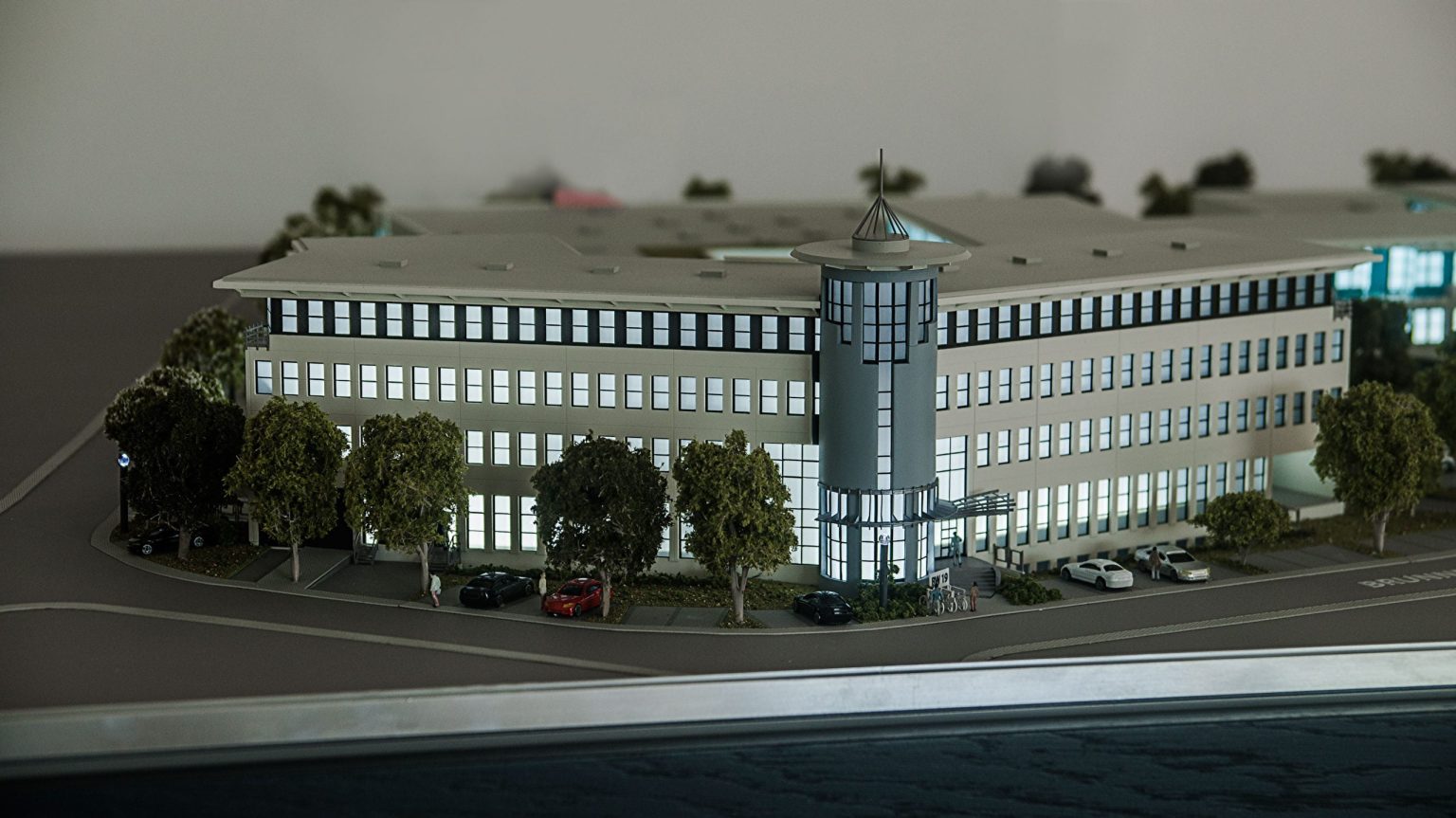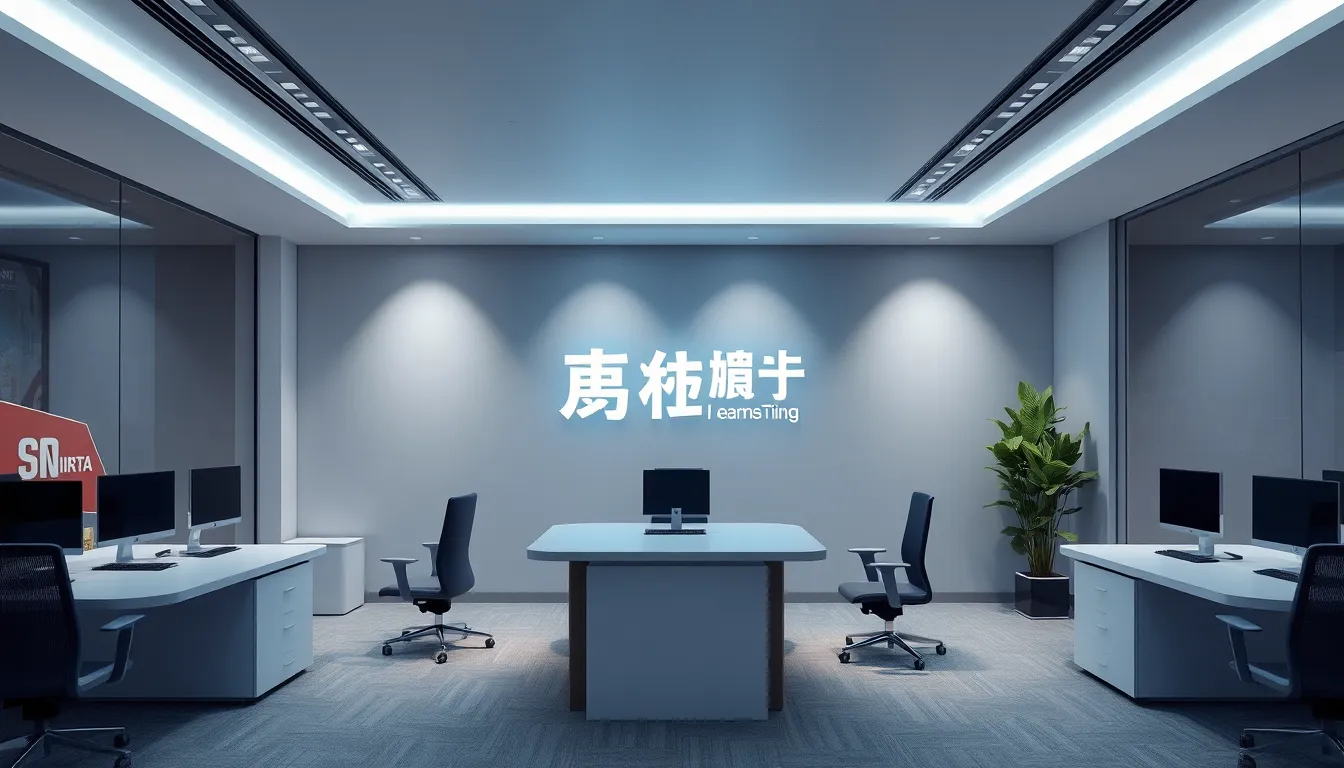The power of an exibition model in the real estate sector cannot be overstated. Developers, architects, and marketing professionals rely on an exibition model to transform blueprints into tangible experiences. When buyers see an exibition model, they understand the scale, aesthetics, and functionality of a real estate project in a way 2D drawings and digital renderings often fail to convey. By using an exibition model, developers gain a competitive edge, offering stakeholders a clear, physical representation of future developments. The exibition model brings transparency and confidence to the decision-making process. It also creates an emotional connection by allowing clients to visualize themselves within the space. The exibition model isn’t just a showcase tool—it’s an investment in credibility and clarity. Real estate events and property expos become far more engaging with an exibition model present. It often becomes the centerpiece of the display, drawing attention and initiating conversations. Overall, the exibition model plays a vital role in every stage of a project’s life cycle, from concept to completion.
The Role of an Exhibition Model in Conceptualization
An exibition model helps bring a vision into reality even before the first brick is laid. During the conceptual stage, real estate developers can use an exibition model to test layouts, visual proportions, and architectural themes. The tactile nature of an exibition model allows teams to notice design elements that may not be obvious in software renderings. For high-end and large-scale developments, an exibition model often acts as a strategic planning tool that enables informed collaboration between architects, engineers, and city planners. When used effectively, the exibition model becomes a shared point of reference that enhances communication and reduces project risks.
Capturing Buyer Imagination
One of the most effective marketing tools in real estate is the exibition model. Its ability to captivate potential buyers and investors cannot be matched by flat images or digital walkthroughs. When a potential buyer sees an exibition model, they can understand the flow of space, neighborhood layout, amenities, and overall ambiance. The emotional response triggered by a well-crafted exibition model often speeds up the buying decision. Developers who include an exibition model in their sales strategy typically experience higher engagement and stronger interest from serious buyers. This is because the exibition model builds a sense of trust and excitement around the project.
Enhancing Presentations and Expos
Trade shows and expos are crucial for networking and investment. Here, the exibition model plays a starring role. It acts as a physical ambassador for the project, making a lasting impression. Unlike digital media, an exibition model cannot be overlooked or closed with a click. Its presence draws people in, offering an immersive look into the property. The exibition model allows sales representatives to point out specific features, engage in detailed discussions, and showcase unique selling points. Real estate expos are highly competitive, and an exibition model can be the difference between standing out or blending into the crowd.
Boosting Stakeholder Confidence
Stakeholders and investors often want more than a promise—they want proof. An exibition model offers that proof in a powerful, visual form. When investors see an exibition model, it reassures them that the developer is serious, professional, and committed to delivering on their vision. A detailed exibition model demonstrates the feasibility of the project and highlights its value proposition. This boosts confidence, helps secure funding, and moves projects forward more efficiently. Whether pitching to banks, private equity firms, or public agencies, an exibition model is a valuable asset in communicating both concept and potential.
Elevating Brand Image
The use of a professionally crafted exibition model reflects a brand’s dedication to excellence and transparency. It positions the developer as a forward-thinking leader in the industry. Many successful real estate brands use an exibition model to convey attention to detail, innovation, and sophistication. For luxury properties, the exibition model often features tiny lighting elements, landscaping, and even interactive components to further enhance the viewing experience. This not only supports branding efforts but also sets high expectations that lead to increased buyer confidence. The exibition model elevates how the public perceives the development and the people behind it.
Facilitating Urban Planning and Government Approvals
City planners and regulatory bodies often require a clear understanding of how a development will impact its surroundings. An exibition model offers clarity in urban planning discussions. With zoning laws, environmental considerations, and infrastructure planning in mind, an exibition model allows officials to visualize traffic flow, green spaces, and utility access. Presenting a well-prepared exibition model during public hearings or council meetings shows that a developer is prepared and thoughtful about community integration. As a result, projects with a comprehensive exibition model often gain approvals more quickly and face fewer objections.
Conclusion: The Exhibition Model as a Catalyst for Success
The exibition model is much more than a miniature version of a property. It is a vital communication tool that links concept to reality, vision to structure, and dream to investment. From early planning to final sale, the exibition model remains an integral part of real estate success. With the real estate market becoming increasingly competitive, the exibition model offers a distinct advantage. It builds trust, simplifies complex ideas, and brings architectural visions to life in a way that no other tool can. As the industry evolves, the value of the exibition model will only continue to grow.













Leave a Reply